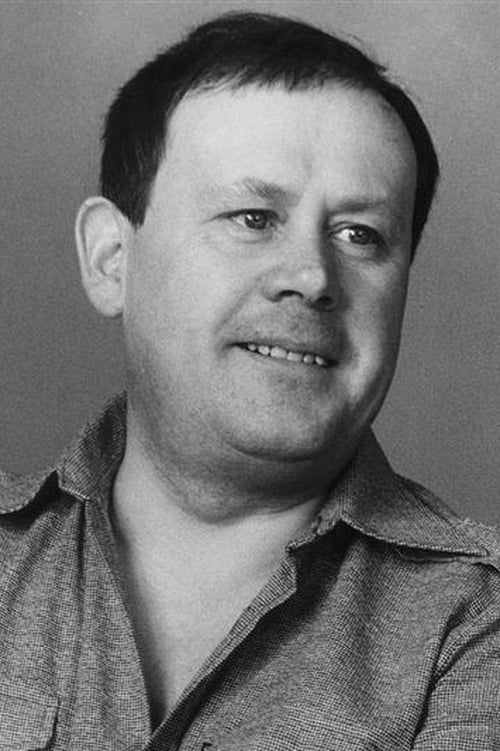Герника (1978)
Жанр : драма
Время выполнения : 17М
Директор : Emir Kusturica
Писатель : Pavel Sýkora, Emir Kusturica
Краткое содержание
В своем фильме Кустурица пересказывает знаменитую легенду, посвященную Пабло Пикассо. Во время оккупации Франции Пикассо оставался в Париже. Якобы в мастерскую Пикассо с обыском пришел некий немецкий офицер и, увидев репродукцию «Герники», спросил: «Это сделали вы?» «Нет, — ответил живописец, — это сделали вы». Дипломный фильм, в котором Кустурица был режиссёром, сценаристом и оператором, получил главный приз на фестивале студенческого кино в Карловых Варах. Это двадцатипятиминутная лента, снятая Кустурицей еще в годы учебы в на режиссерском факультете знаменитой пражской киношколы FAMU — рассказывает историю мальчика из еврейской семьи. С трудом понимающий реалии окружающего его мира ребенок интуитивно приходит к осознанию ужаса происходящей вокруг него немецкой оккупации сквозь призму знаменитой картины Пабло Пикассо.
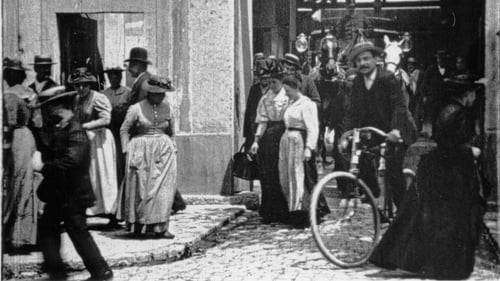
Working men and women leave through the main gate of the Lumière factory in Lyon, France. Filmed on 22 March 1895, it is often referred to as the first real motion picture ever made, although Louis Le Prince's 1888 Roundhay Garden Scene pre-dated it by seven years. Three separate versions of this film exist, which differ from one another in numerous ways. The first version features a carriage drawn by one horse, while in the second version the carriage is drawn by two horses, and there is no carriage at all in the third version. The clothing style is also different between the three versions, demonstrating the different seasons in which each was filmed. This film was made in the 35 mm format with an aspect ratio of 1.33:1, and at a speed of 16 frames per second. At that rate, the 17 meters of film length provided a duration of 46 seconds, holding a total of 800 frames.
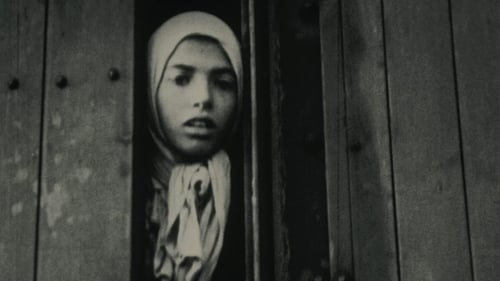
Документальный фильм, посвящённый гитлеровским лагерям уничтожения.
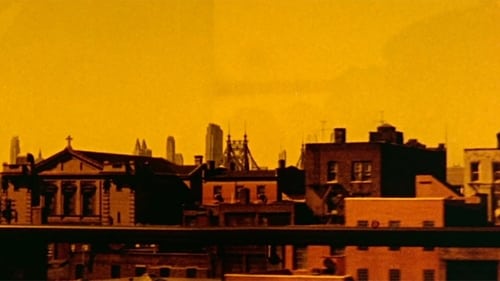
Set to a classic Duke Ellington recording "Daybreak Express", this is a five-minute short of the soon-to-be-demolished Third Avenue elevated subway station in New York City.
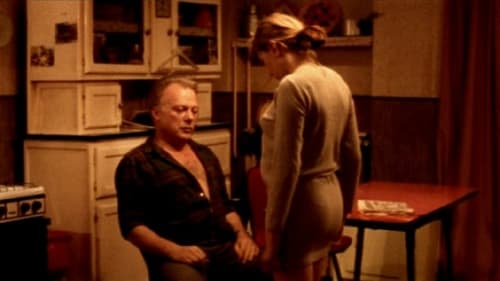
A butcher in Paris takes his revenge after his daughter is brutally attacked.

A young man journeys through a desert, where he is kidnapped by a sadistic stranger clad in a pig mask. The stranger proceeds to brutally torture the young man, who then finds himself escaping into his imagination, with fantasy and reality intersecting.
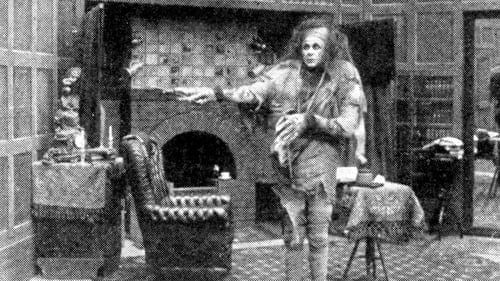
Франкенштейн, студент-медик, пытается создать сверхчеловека. Однако получает ужасного монстра.
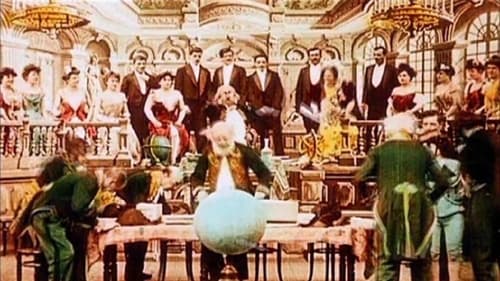
Using every known means of transportation, several savants from the Geographic Society undertake a journey through the Alps to the Sun which finishes under the sea.

Heather is a shy lady who works in a helpline call centre. When she receives a phone call from a mystery man, she has no idea that the encounter will change her life forever.

An unspoken incident unravels the lives of two families into nightmare, fracturing time and memory.

The Journey of Roy, a 17-year-old Israeli teenager, trying to win the affection of a girl from his class while they both travel in Poland with their school between Holocaust memorials and death camps.

A unique story told by nine different actors which explores the haunting of a conscience by lost souls that won't let go.

In order to demonstrate how to haunt a house, the narrator arranges for Goofy to temporarily be "not living" and selects Donald Duck to be the one whom Goofy's ghost will haunt.

Sofía, a little girl of seven, remembers the day she fractured her arm while being chased through the forest; a story full of fantasy that hides a heart rending moment in Sofía's life.

Trains travel through the night without stopping. The clatter of the carriages quickly disappears, along with the wail of the locomotive. The people at the station are all asleep. But why are they so exhausted ? And what are they waiting for? Set inside an isolated train depot, The Train Station is one of Sergei Loznitsa's most haunting films. It is also one of his most pointed social critiques. In this film, we are brought to a remote train station deep in the Russian woods. It's nighttime. In the distance, we hear the clatter of locomotives. The station, a small wooden building, sits silently, surrounded only by snow and train tracks.

Portrait of Costa da Morte (coast region in Galicia, Spain) from an ethnographic and landscape level, exploring also the collective imagination associated with the area. A region marked by strong oceanic feeling dominated by the historical conception of world's end and with tragic shipwrecks. Fragmentary film that approaches to the anthropological from its protagonists: sailors, shellfish, loggers, farmers ... A selection of characters representative of the traditional work carried out in the countryside in the region, allowing us to reflect on the influence of the environment on people.

Nulepsy: the pathological need to be nude. An elderly man recounts his life story characterised by the rare, exceptional and inconvenient disease he suffers from.

Kinkón (1971), a silent adaptation of Merian C. Cooper and Ernest B. Schoedsack’s 1933 classic, King Kong. Zulueta re-filmed a television broadcast of the original, and through creative subtraction and manipulation of camera speed, condensed the original’s feature length to an intensified seven minutes. The cathode-ray flicker and flattening that results from the re-filming defamiliarises the original, but its classical continuity mode of address continues to operate on the viewer, and the increase in velocity makes mesmerisingly urgent the dramatic plot of the original. —Senses of Cinema

Filmed before his feature-length Arrebato, Zulueta’s Frank Stein is a personal reading of horror cult classic Frankenstein (1931), filmed directly from its television broadcast and reducing Whale’s original to only three packed and dizzying minutes, during which the film's sensitive monster evolves at an unusual rate.

The 1975 Super-8 short Aquarium is Zulueta’s first available incursion into the psychodrama—in which the filmmaker dramatises a disturbed state of consciousness—in which appear lyrical passages of the kind that will be made by the fictional experimental filmmaker played by Will More in Zulueta’s 1980 feature Arrebato. (Senses of Cinema)


